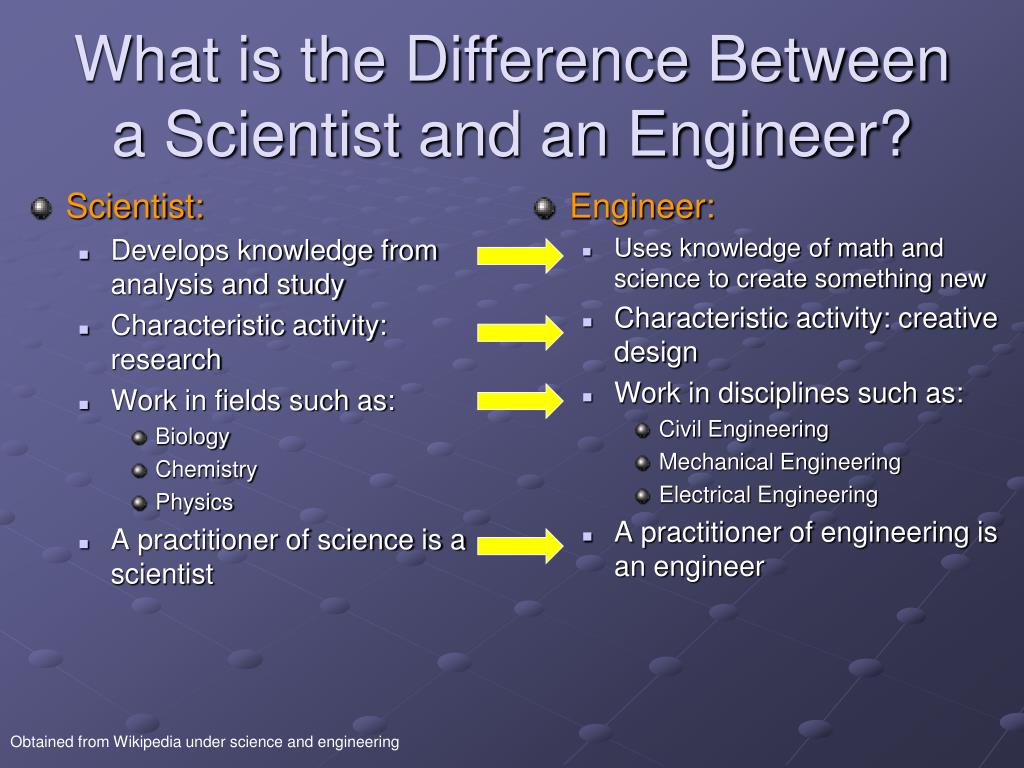
Genetic modification, genetic manipulation, or technology manipulation are all terms used to describe genetic engineering. These terms refer to one concept: the manipulation or production of genetic material in order to create new organisms. This technology has many problems and concerns. It's crucial to be able to comprehend what genetic engineering entails.
Genetic engineering methods
Genetic engineering involves the modification of genes and other organisms to produce desirable traits. Unintended side effects can occur. Even a single point mutation in a plant can cause it to produce wrong proteins or none at any given time, leading to hereditary disease. Careful research and testing is essential.
The use of plasmids is a popular method for genetic engineering. Plasmids may contain random DNA which can cause undesirable effects in plants. Vector method allows for the introduction of a specific gene to a host cell. It is better. The vector method has the advantage of allowing genetic variation.

Genetic engineering applications
Genetic engineering has allowed it to be possible to develop drugs for many diseases. Alefacept is a recombinant agent that Biogen has licensed to the US. It is used for treating psoriasis. It works by binding with the CD2 receptor on T-cells and the NK Cell receptor to promote autologous destruction of activated cells. However, the mechanism that led to the drug's efficacy are still being researched. The UK biotechnology company Polgen has used drosophila for the identification of genes involved in cell-cycle regulation.
The technology is also useful in agriculture where plants can be genetically engineered so that they produce more nutrients and resist certain chemicals. Genetically modified crops can also produce herbicide-resistant proteins, or even insecticide resistance, which will help farmers increase their crop yields. One other use for genetically engineered plants is to give plants resistance to pathogens.
Health concerns
While the potential benefits of genetic engineering for crops, animals, and human health are many, there are also significant ethical concerns regarding these methods. Genetic engineering has been used in both crops and livestock. This raises ethical questions about the treatment of animals and the impact on the environment. Concerns have been raised about the possible dangers of gene therapy, and the possibility of altering human sperm.
Genetic engineering is becoming a popular way to farm, but there are many questions about its safety or effectiveness. The World Health Organization has even recommended that genetic engineers avoid using allergen-producing genes. Despite widespread concern, scientists do not believe that GE foods can be harmful. GMO food may cause an allergic reaction, but this is rare.

Regulation of genetically engineered species
The EU Regulation on Genetically Engineered Organisms (GEOs) was first drafted in 1998 and sets out the nature and techniques of genetically engineered organisms (GMOs). GMOs can be any organism that has undergone genetic engineering according to EU Directive 2001/18/EC. This does not apply to humans, but includes animals, plants and fungi that have also been genetically engineered. GMOs are genetically modified organisms that have been created by recombination and mating to produce a different type of genetic material.
The EPA may use these powers to enforce GMO regulations. The EPA can set limits on the types and products that can marketed. The EPA can limit GMOs in certain areas but may not have the authority or the power to regulate all GMOs. Regulators may, in other instances, decide to regulate GMOs' production, use, disposal, and safety if they aren't beneficial for the public or their health.
FAQ
What is an aerospace engineer?
Aerospace engineers use their knowledge of aeronautics and propulsion to design spacecraft, satellites and rockets.
An aerospace engineer can be involved in creating new aircraft types, new fuel sources, improving existing engine performance, and even designing space suits.
Which engineering is best for girls?
Girls are always looking for an environment that will teach them how to create a better world for themselves. They need to know that engineering is not just for boys. Engineering can help them become successful women who contribute positively to society and their families.
Engineering is a promising career option for young women. It offers many opportunities to gain skills and knowledge that can lead to a satisfying job. It helps her to gain independence and confidence.
It allows her the opportunity to make a significant impact on people's lives as well as the environment.
We have made this website to encourage girls interested in studying engineering at college. We want to show girls what engineering is all about.
We hope you enjoy our site and find it useful. If you have any questions, please don't hesitate to contact us.
What degree do I need to become an engineer?"
Engineering does not require a bachelor's Degree. However, many employers prefer applicants with degrees. Even if your degree is not yet earned, you can still take online classes to earn it.
What do electrical engineers do?
They develop power systems for people.
They are responsible for designing, building, testing, installing, maintaining, and repairing all types of electric equipment used by industry, government, residential and commercial customers.
They also plan, direct, and coordinate the installation of these system, which may include coordination with other trades such architects, contractors and plumbers.
Electricians design and install electronic devices, circuits and other components that convert electricity into usable forms.
Statistics
- Typically required education: Bachelor's degree in aeronautical engineering Job growth outlook through 2030: 8% Aerospace engineers specialize in designing spacecraft, aircraft, satellites, and missiles. (snhu.edu)
- Job growth outlook through 2030: 9% (snhu.edu)
External Links
How To
How to use the Engineering Tech Pen
A good engineering technical pen should have:
-
An ergonomic grip
-
A comfortable writing surface (a rubberized grasp would be the best)
-
It's easy to access ink cartridges
-
There's enough room to erase any mistakes
-
High quality nibs
-
Ergonomics designed for long-term usage
-
Good visibility of the ink level
-
Low weight
-
Good price/value ratio
These tools are best used correctly.